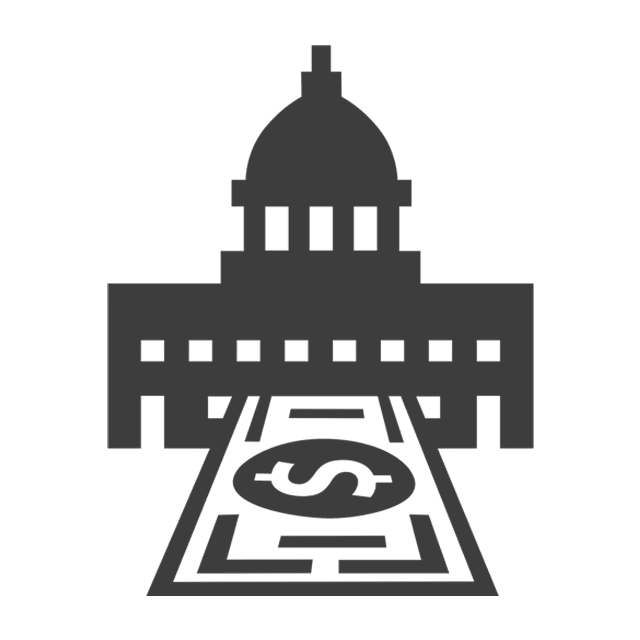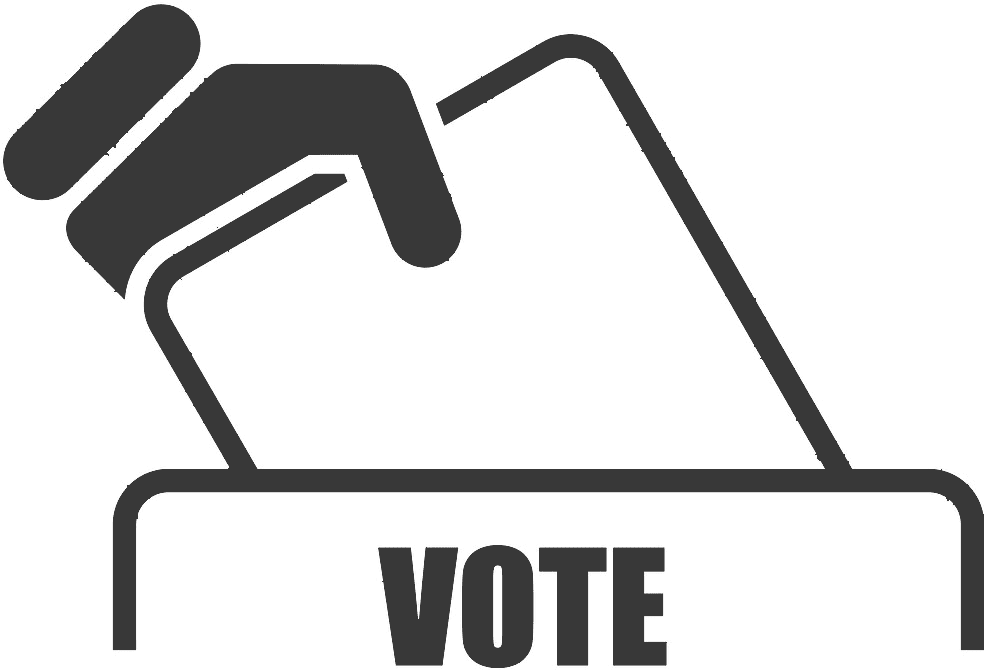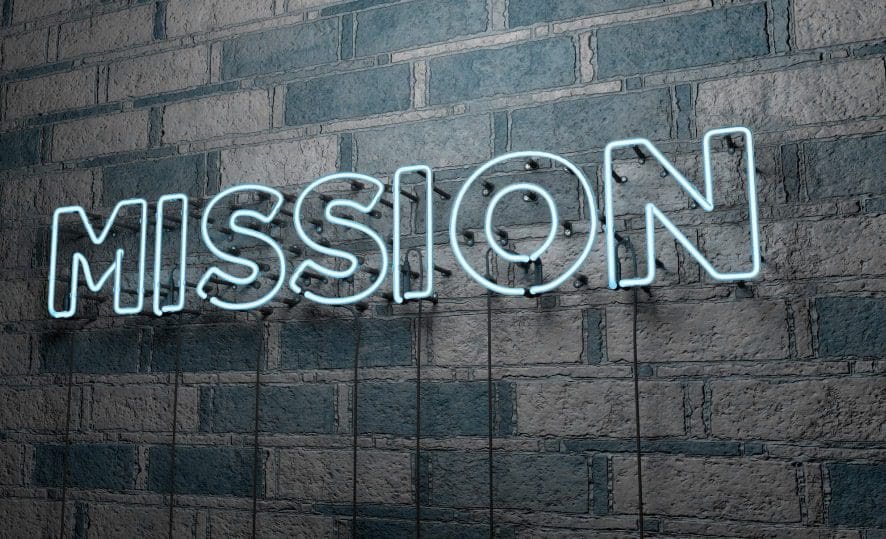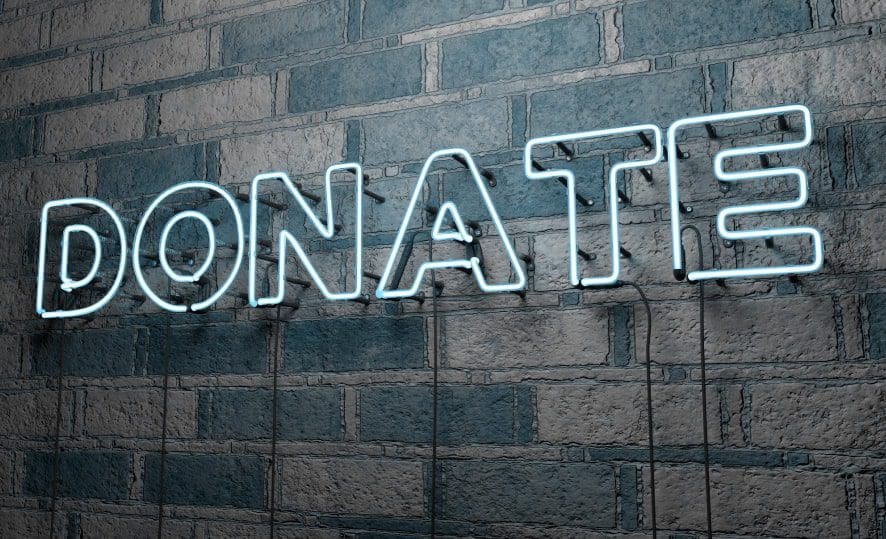Last month President Donald Trump and Vice President Mike Pence held a roundtable discussion with small business leaders to discuss a report on the regulatory and deregulatory actions the administration pursued throughout 2019.
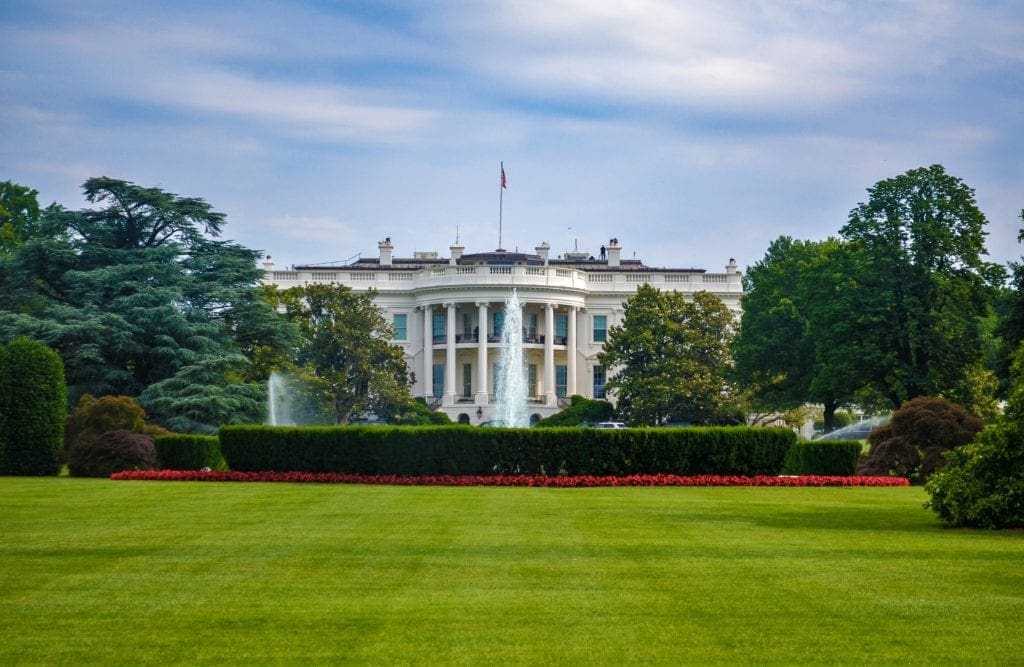
The report—Fall Unified Agenda— is part of a broad effort to roll back red tape at the federal level.
Based on the White House’s findings, President Trump is faithfully carrying out his promise to peel back excessive federal regulations and restore economic freedoms for all Americans. The report highlighted 390 deregulatory actions across two dozen agencies, which involved regulatory costs slashed by $50 billion.
According to the Epoch Times, “The most significant number of deregulatory actions took place in the Departments of Agriculture (26), Commerce (39), Education (28), Health and Human Services (46), Homeland Security (28), the Interior (48), Labor (25), Transportation (48), and the Environmental Protection Agency (44)” from 2017 to 2019.
A White House press release revealed what some of these deregulatory actions entailed:
“The Trump Administration’s deregulatory actions across a vast array of American industries are the most significant in U.S. history. The Council of Economic Advisers (CEA) estimates (pdf) that after 5 to 10 years, this new approach to federal regulation will have raised real incomes by $3,100 per household per year by increasing choice, productivity, and competition.”
One of the hallmarks of Trump’s deregulation success is Executive Order 13771, which requires federal departments and agencies to reverse two regulatory actions for each new regulatory action and not go over a regulatory cost allowance. This executive order represents one of the largest deregulation actions of the last decade.
The White House report put this in perspective:
“Under President Obama, the number of restrictive terms increased by about 120,000. For President George W. Bush, the increase was about 105,000. Under President Trump, regulatory restrictions have decreased, providing further evidence of the administration’s commitment to stopping regulatory accumulation.”
This report confirms what many principled proponents of limited government have been saying for years. The regulatory status quo in Washington has witnessed both political parties be complicit in expanding the size of the state. Trump’s regulatory reforms have cut red tape for American businesses—big and small. In doing so, these enterprises can now stay competitive and provide Americans with new job opportunities and goods that would otherwise not exist in a much more bureaucratically constricted economic environment.
However, Trump should not stop with these deregulation reforms. According to the Competitive Enterprise Institute (CEI), the total cost of federal regulations is around $1.9 trillion. So, there’s plenty of regulatory red tape to slash. However, there are still other matters concerning fiscal discipline and central banking that he must tackle to get the economy back on a sound footing. Trump’s recent talk about potentially lowering interest rates into the negative and the administration’s lack of a plan to address the monstrous fiscal deficits the U.S. is currently running should concern those who believe in sound money and fiscal responsibility.
Even with these concerns in mind, it’s important to acknowledge that Trump is on the right path regarding deregulation. Now, it’s just a matter of him taking his gradualist actions and applying them to other economic spheres such as Federal Reserve policy and spending.








